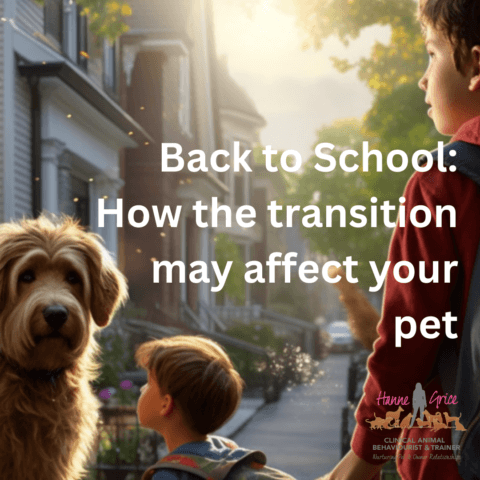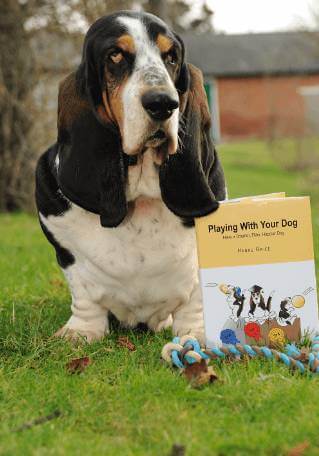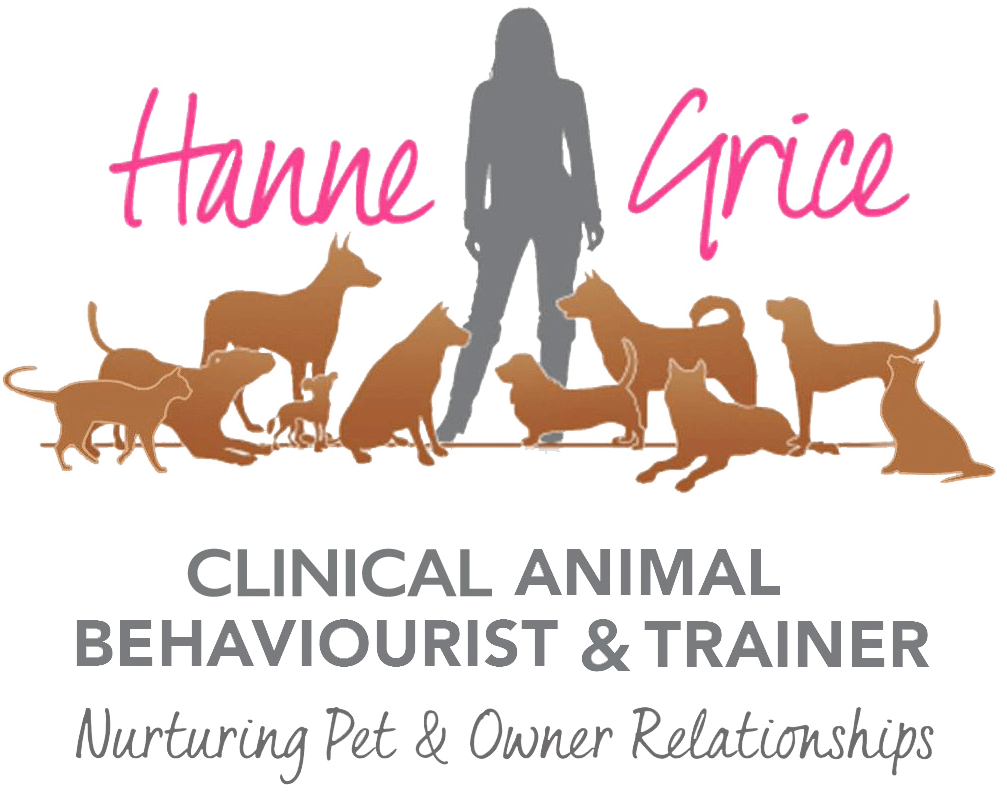As children in the UK head back to school this September, and others leave for pastures new, such as University or a new job, many families will experience shifts in their routines. While these changes are often anticipated by guardians and children, we may overlook another important family member affected by this transition – our pets. The return to school can have varied effects on pets, who have spent the entire summer with increased family interaction. This article explores the possible impact of the back-to-school transition on pets, and offers some recommendations for pet carers to ensure a smoother transition for their furry friends.

Pet behaviour and emotional well-being
Pets, especially dogs and cats, are sensitive to changes in their environment and routines. Studies have shown that abrupt changes in a pet’s routine can lead to stress and anxiety, affecting their emotional well-being (Landsberg et al., 2012; Overall, 2001). During the summer, pets are often on the receiving end of more attention/interactions and activities with children and other family members. However, when children return to school, the sudden absence of the summer hubbub can be challenging for some pets due to the sudden reduction in interactions and time alone. In some cases, this can manifest in symptoms similar to separation anxiety, including but not limited to excessive vocalisations, following owners around, destructive behaviour, and even house soiling (Sherman and Mills, 2008).
However, it is also worth noting that not all pets find this transition stressful. Just like people, animals have their own personalities and tolerances for social interaction. Some pets may welcome the quieter house and less hectic environment that comes when children are back in the classroom (McMillan et al., 2015). For these pets, the back-to-school period can be a time of relaxation and welcome respite from the summer chaos!
Prevention is better than cure
To help prepare your pet for the changes that come with children returning to school/University and work shift patterns altering, see below for some of my top tips.
Gradual Transition – Ease your pet into the new routine by gradually adjusting the timing of their walks, feedings, and playtime to match the school schedule (Herron and Buffington, 2010). Consider using food puzzle toys such as lickee mats, Toppls, and Kongs, automatic feeders, forage toys, and other sources of positive enrichment appropiate to your pet’s species, age and abilities. This not only provides regular feeds which can reduce hunger pains that can then lower tolerance levels, but it also helps to stimulate your pet’s mind and encourage physical activity, especially when alone (Dantas et al., 2016).
Social Interaction – If you have a pro-social pet, then arrange for social interactions during the day. Consider doggy daycare, pet sitters, walkers, or scheduled playdates with other pets (Herron and Buffington, 2010). This helps break up your pet’s day, provide some positive socialisation opportunities, as well as physical and mental stimulation.
Positive Reinforcement – If you are working from home, or pottering about with your pet out and about, then get into the habit of using some of their daily food quantity to reward for calm behaviour. Use treats and positive words to reinforce good behaviour, such as when kids are leaving for school or arriving home (King et al., 2000). This helps increase the likelihood of your pet repeating this desirable behaviour, helping them understand what to do in such situations. For example, you could set aside 50 kibble/dried food pieces from your pet’s breakfast and use these across the day to reward great stuff as it happens – now you’ve just deposited £50 into your pet’s bank account for the behaviours you like and want repeated.
Further support
If your pet is starting to exhibit signs of stress or anxiety when being left home alone and these are not improving with time or lifestyle adjustments, then do consult a veterinarian to rule out any potential health issues that may be contributing to your pet’s behaviour, and seek to the support of a registered Clinical Animal Behaviourist (CAB), for a tailored treatment approach. The vet and CAB will work collaboratively to support you and your pet. Check out the Animal Behaviour & Training Council’s practitioner directory for a list of practitioners close to you.
Key take-away
While back-to-school season can be an exciting and a little nerve-wracking time for families, it’s important to remember that pets also experience this transition. By understanding the science behind pet behaviour and emotional well-being, pet carers can take informed steps to help their animals adjust to the new routine. Taking proactive steps can ensure that both children and pets navigate this transitional period smoothly.
References
- Dantas, L. M. S., Delgado, M. M., Johnson, I., & Buffington, C. A. T. (2016). Food puzzles for cats: Feeding for physical and emotional wellbeing. Journal of Feline Medicine and Surgery, 18(9), 723-732.
- Herron, M. E., & Buffington, C. A. T. (2010). Environmental enrichment for indoor cats. Compendium: Continuing Education for Veterinarians, 32(12), E4.
- King, J. N., Simpson, B. S., Overall, K. L., Appleby, D., Pageat, P., … & Denerolle, P. (2000). Treatment of separation anxiety in dogs with clomipramine: results from a prospective, randomized, double-blind, placebo-controlled, parallel-group, multicenter clinical trial. Applied Animal Behaviour Science, 67(4), 255-275.
- Landsberg, G. M., Hunthausen, W., & Ackerman, L. (2012). Handbook of behavior problems of the dog and cat. Elsevier Health Sciences.
- McMillan, F. D., Duffy, D. L., & Serpell, J. A. (2015). Mental health of dogs formerly used as ‘breeding stock’ in commercial breeding establishments. Applied Animal Behaviour Science, 171, 69-81.
- Overall, K. L. (2001). Clinical behavioral medicine for small animals. Mosby-Year Book.
- Sherman, B. L., & Mills, D. S. (2008). Canine Anxieties and Phobias: An Update on Separation Anxiety and Noise Aversions. Veterinary Clinics: Small Animal Practice, 38(5), 1081-1106.
Learn more about our classes

Get Hanne's book, clothing and more
Hanne has a number of publications including her book Playing With Your Dog to help owners work out the games that are best suited for their pet to play throughout his life, from puppyhood to old age, available from Amazon. Check out Hanne's range of contemporary casuals The Collection – for pet lovers made from recyclable, organic materials that are sustainably sourced.

